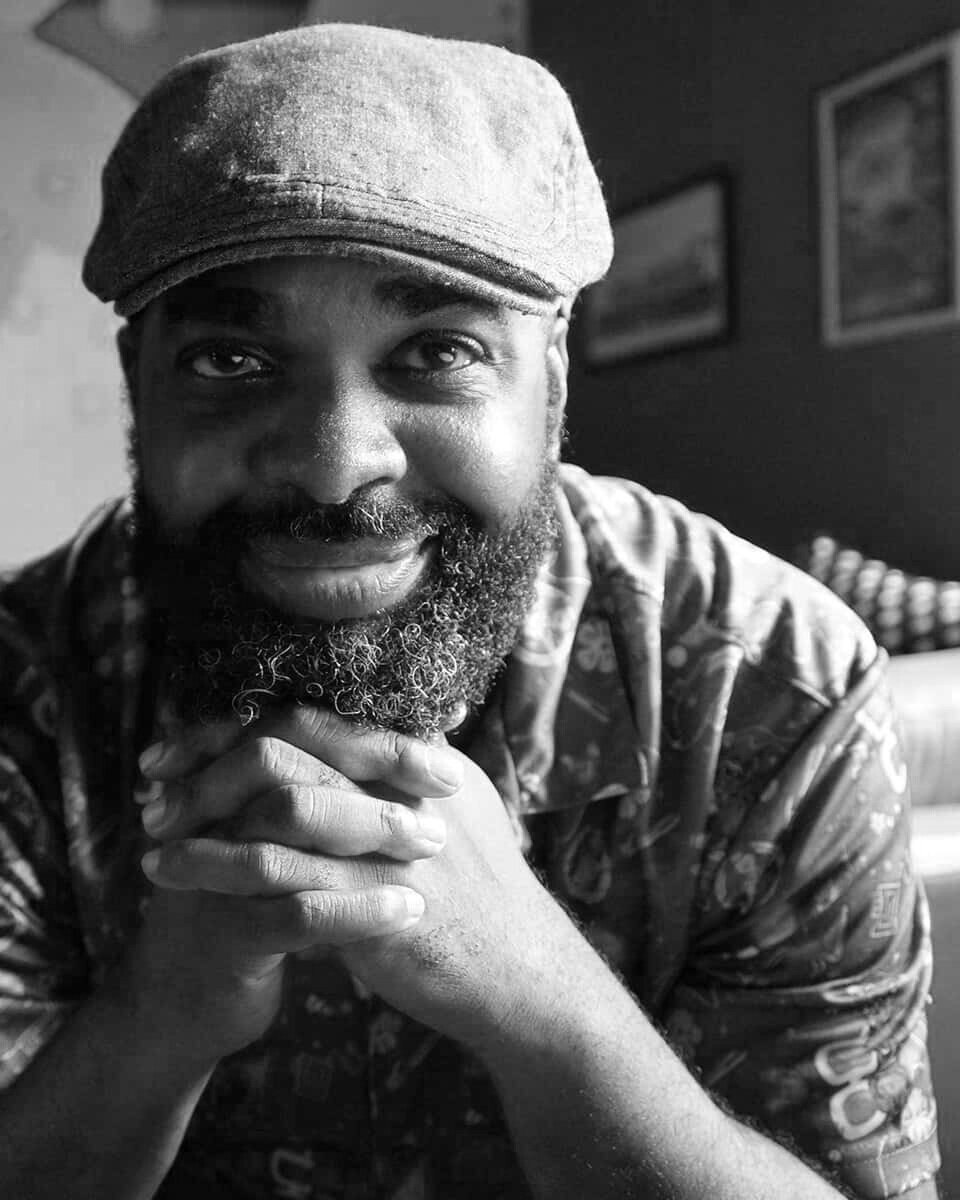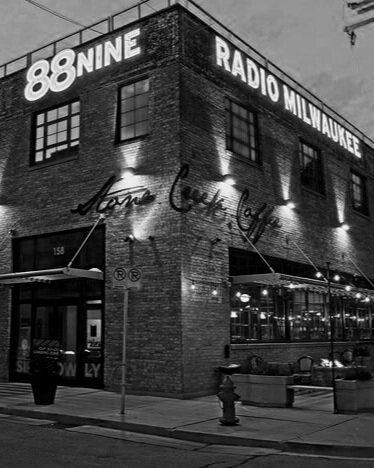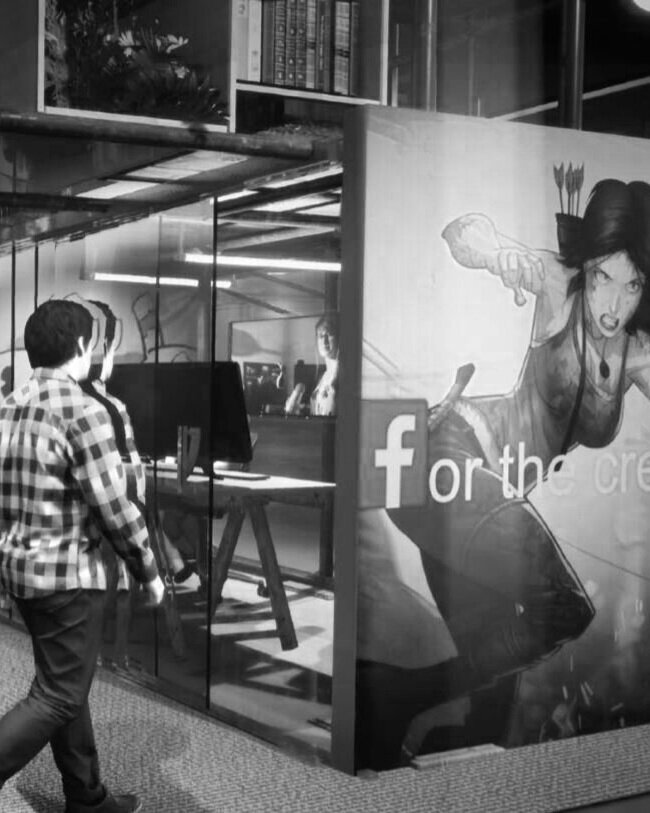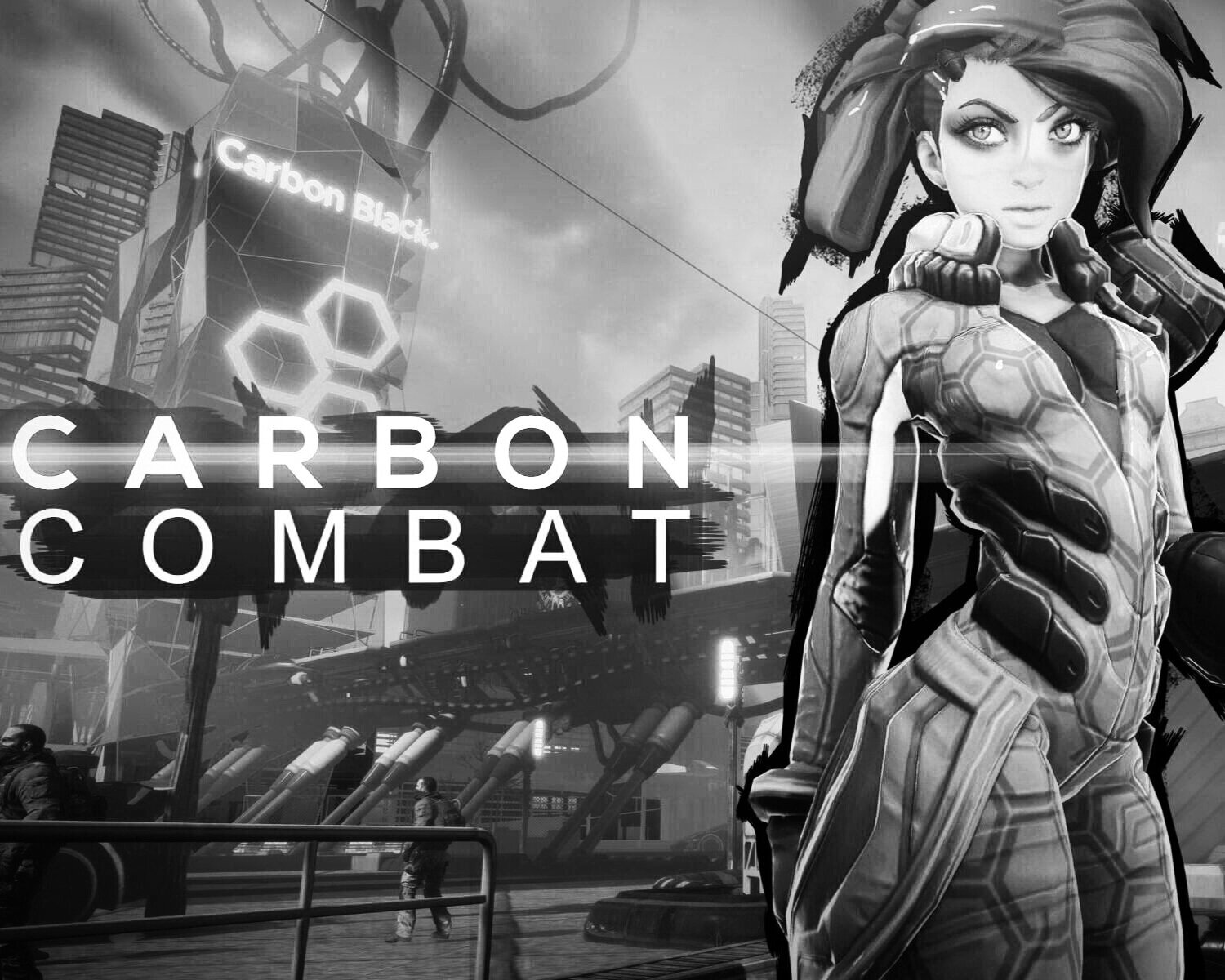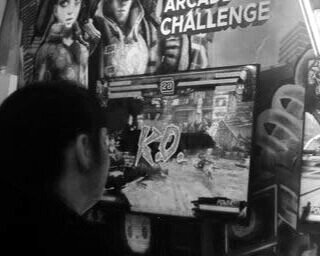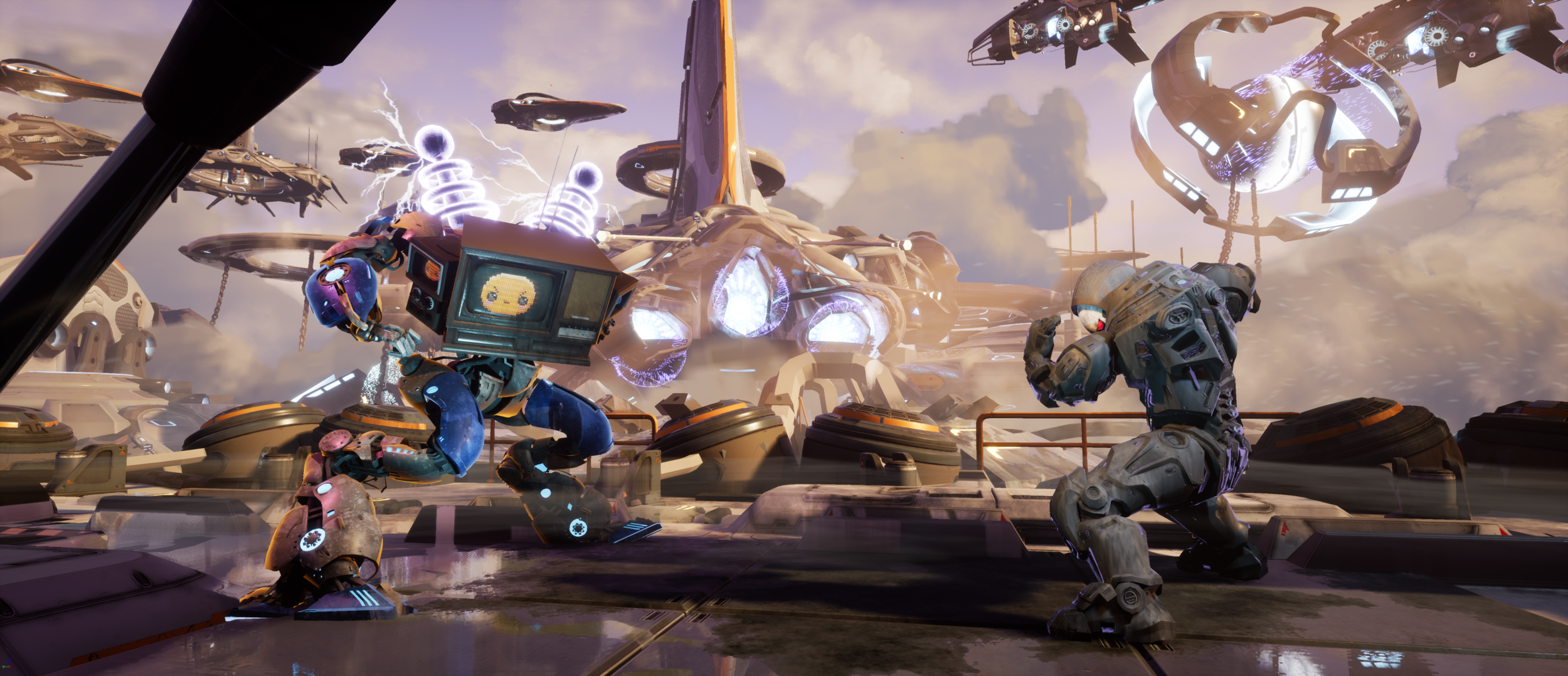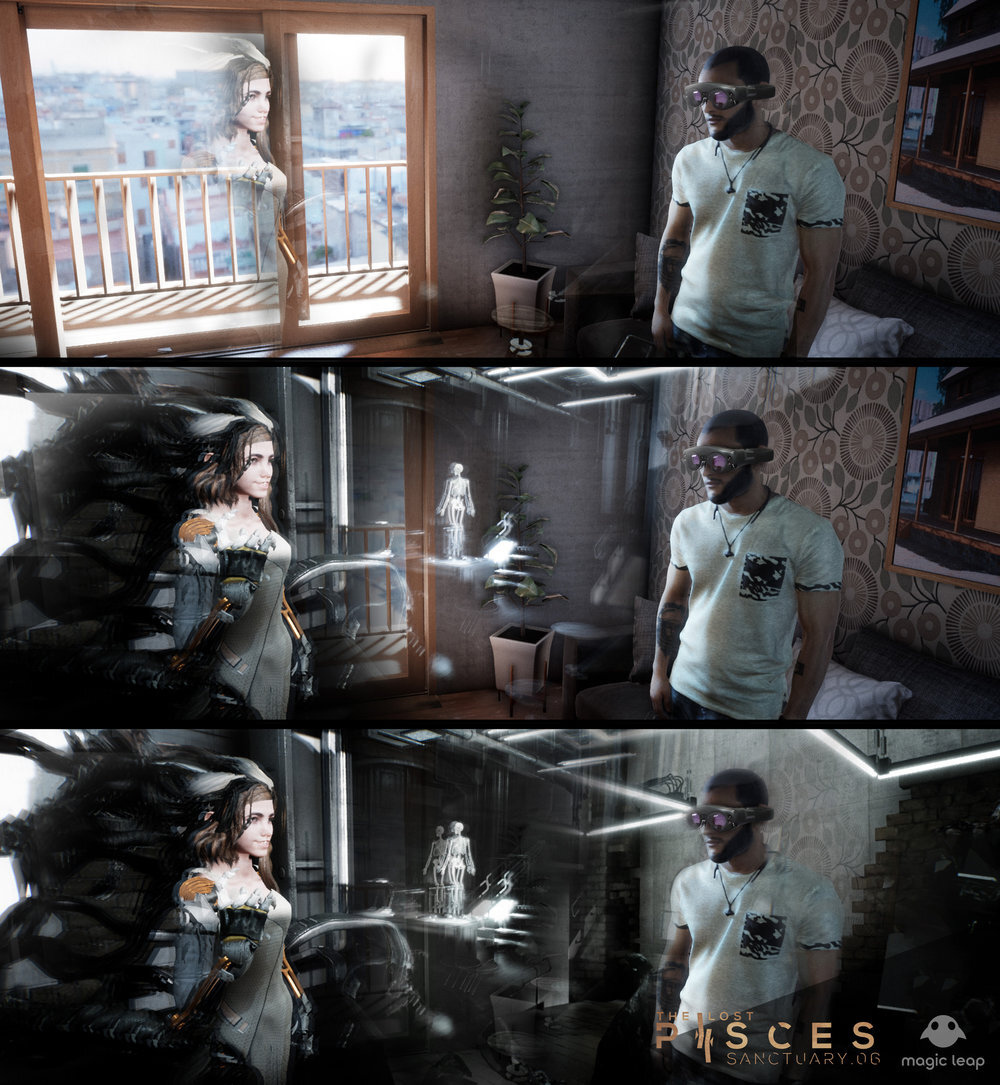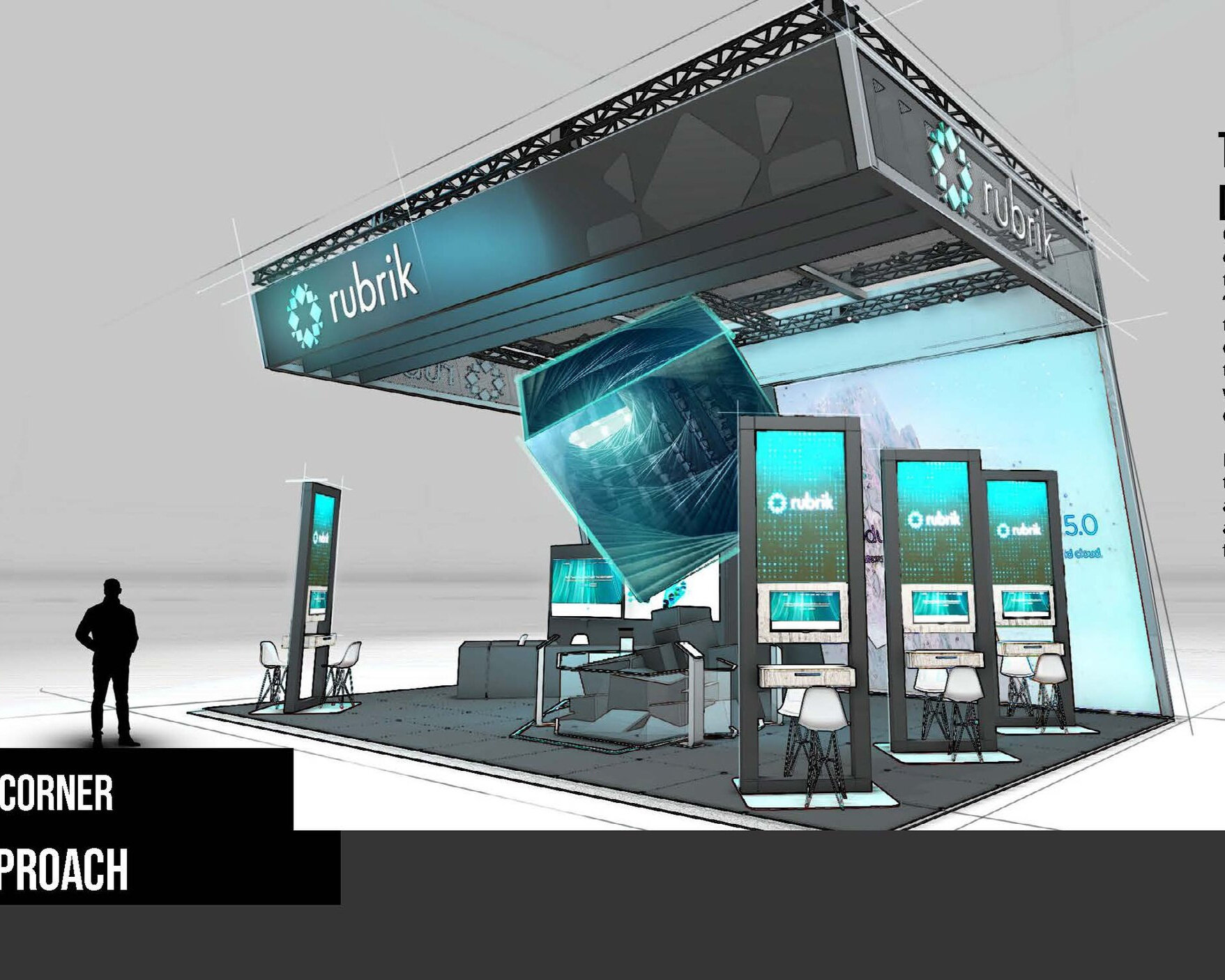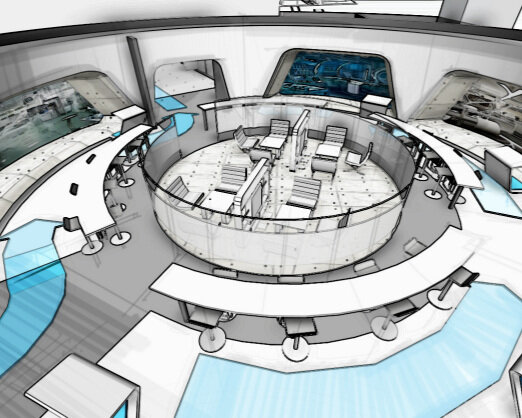Making a MKE Game Dev Meetup. Let’s make interactive pixie- dust together!
As you may or may not know, I’m really into the concept of video game development. I hope that’s relatively apparent on this site, considering I’ve tried to spatter the point around as obnoxiously as I can.
It’s why I went into design in the first place really. I intended on going to MIAD because I wanted to either get into animation (for feature films) eventually, or work on interactive storytelling platforms, i.e. video games. Somehow, along the way, I ended up designing other things, but that never kept me from making game-development my side-hustle and thing that has consumed many, many, many evenings over the last 8 years.
I love Milwaukee, but Milwaukee is lacking something crucial and important to me: a real Game Development Studio. This has been true for a while. there’s a couple of small groups that have been working away at some smaller projects, but realistically, there is no video-game development business with a large revenue which currently resides in Milwaukee. And this, dear friends, makes me very sad.
It also makes me want to change things. Because it’s cruddy for people leaving school to HAVE TO choose a different avenue of employment,= if they want to stick around the city. That shouldn’t be the case. You shouldn’t HAVE TO alter your dreams just to stay close to such a thriving community as Milwaukee is. We have to change this.
I’m making the Goatman is Nigh… and I’m looking for other Unreal Engine 4 fans to talk to!
So, without further ado… I’m planning to make a Meetup coming soon. I realize with the current pandemic, this is annoyingly difficult, but at the same time it might work out better considering that getting onto a ZOOM chat requires less effort and overall commitment than carving out time to drive somewhere and find a physical place to discuss game-development. I’ll choose to be optimistic for now, and just hope that life returns to some degree of normalcy next year. Hopefully sooner than later.
Anyhow, I plan to sort of reveal just how far I’ve gotten with the two games I’ve been chugging away at for a while in the hopes of either:
A: Maybe showing folks something they’re interested in joining-in on. I’m at the stage where any help is welcome and I know there’s plenty of artists, musicians, writers, designers and programmers looking to work on a decent project.
B: Inspiring others to show off what THEY are working on, because it is simply AWESOME to see passionate people pouring their soul into creative things. We can help fuel each others projects and hopefully act as cheerleaders for one another, because everyone needs motivation! Especially now.
I’m not 100% sure how the format should completely work, however I’ll try to add some structure to it so that we can make the most of our time together. I know I’m serious about seeing my own projects through… I’ve put a TON of time into them and love them, through and through. And so my only ask is that if you join Fight-Clu…. errr… I mean MKE Game-Magic Meetup (or whatever it ends up being called), you bring your passion for working on awesome projects. It’s too easy to put down our passion projects when other things in life are eroding our free time, but I think as creatives its a necessity that we push for developing the dream ideas that we want to work on.
there’s a famous quote that’s dug at me for a long time now, and I think there’s a lot of truth to it:
“If you’re not building your own dreams, then you’ll inevitably going to end up building someone else’s.”
Yikes. I have no qualms about helping other people with their dreams or furthering someone’s business by collaborating and being part of a team… but we all owe it to ourselves to build our own dreams out too. Life’s too short not to.
Worked on this game for a LONG time… over 8 years now. But it’s getting pretty cool, so that’s a good sign. Demo very soon!
So, hit me up on the “about” section of this site or hit that little submit button below if you’re interested in joining the coalition. Thats’ a pretty cool name… coalition. Yeah… maybe I’ll use that. Anyway, more to come soon!!!!















